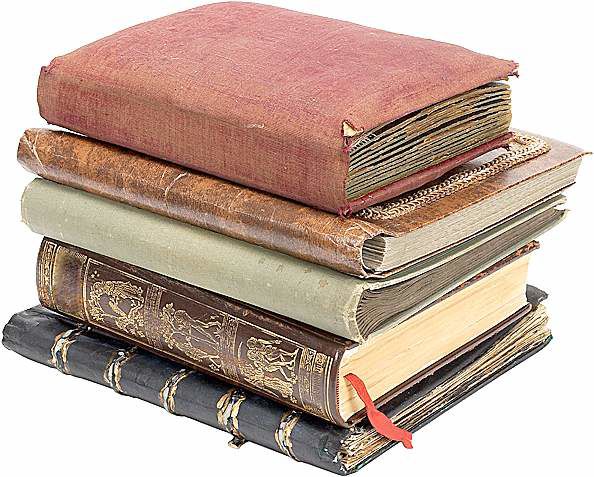Despite rapid rise of e-books, rare books aren’t endangered
Published 5:00 am Sunday, May 15, 2011

- Thinkstock
NEW YORK — While the digital age has been kind to readers, offering e-books, online shopping and instant access, many retailers have not fared as well. When Borders filed for bankruptcy in February, it announced it would close one-third of its stores and shift focus to e-books and nonbook products. Other booksellers continue to modify and tweak their strategies to cope with the growth of digital options.
But in one niche of the literary marketplace, print still rules — and always will. Rare book dealers and experts don’t necessarily agree about how the digital future will affect their business, but few say they are threatened by it — especially since the price of rare books is usually based on their availability.
“The fact that actual books are going to become more scarce really helps us doesn’t it?” says Kim Herzinger, a retired literature professor and owner of the 7-year-old Left Bank books in New York City. “Books are going to be seen more and more as pretty and special objects,” Herzinger says. “No one is going to say, ‘I want to put my iPad on the shelf so that people can see what nice books I have.’”
Digital books may sell at a discount, but dealers expect that physical first editions of established collectibles will continue to appreciate. Scarce classics like a first edition of Ray Bradbury’s “Fahrenheit 451” already fetch thousands of dollars. A copy of the first folio edition of Shakespeare plays sold for more than $5 million in 2006.
“It is a completely different market,” says Michael DiRuggiero, co-owner of the Manhattan Rare Book Co. in New York City. “The idea is that you want a piece of history. The first edition is the closest you get to the birth of a specific idea, cultural or scientific.”
While smaller print runs may lead to the kind of scarcity that increases a rare book’s value, most dealers advise against buying up contemporary first editions in hopes of scoring a future winner. “It is very risky,” says Michael Thompson, founder of Michael Thompson Rare Books in Los Angeles. “The odds are not on your side.”
Tell that to someone lucky enough to have bought — and kept — a hardcover first edition of “Harry Potter and the Philosopher’s Stone,” by J.K. Rowling, published in the U.K. with a first-print run of only 500 copies. The first editions in the U.K. have sold for around $25,000, according to the rare booksellers consulted. (The book was later later published in the United States as “Harry Potter and the Sorcerer’s Stone.”)
The Harry Potter books are a unique example. “The perfect storm of what makes a rare modern book is an unknown author’s first book gets a small print run, and then it kind of takes off,” says DiRuggiero.
Still, predicting such trends is difficult — and dealers warn that some popular bestsellers, like “The Da Vinci Code,” by Dan Brown, initially seem like good investments but then fail to maintain their value.
“People were paying through the nose for first editions of that book,” says Amir Naghib, owner of Captain Ahab’s Rare Books in Miami. Unsigned first editions of “The Da Vinci Code” were valued between $200 and $400 in the mid-2000s, says Naghib. Signed copies sold then for as much as $5,000, he adds.
Less than a decade later, Naghib says he has seen first editions of the book selling on eBay for around $30.
It’s not only first editions that have value to collectors. A later edition might sometimes be worth more if it offers something in great demand, such as unique inscription by the author, says Susan Benne, executive director of the Antiquarian Booksellers Association of America.
Take “No Country for Old Men,” a best seller by Cormac McCarthy that was subsequently made into a film. Naghib in Miami offers an unsigned first edition of the book for $125 and a later edition priced at $650. The difference? The later edition is signed by Josh Brolin and Javier Bardem, the lead actors in the film, which won the 2008 Academy Award for best picture. That award plus Bardem’s Oscar for his performance in the film add a uniqueness to the later copy that supersedes the price of the first edition, says Naghib.
And that’s something you can’t get in the Kindle edition.







